Campaigners say housing secretary James Brokenshire must give reasons why controversial 40-storey development is not being called in
Hodder & Partners’ 40-storey St Michael’s development in Manchester has escaped being called in for a public inquiry in a move that has left campaigners demanding answers.
Manchester city council approved the £200m scheme – created by the practice for a consortium fronted by former Manchester United stars Gary Neville and Ryan Giggs, with the backing of Chinese investor BCEGI Group – in March, despite opposition from Save Britain’s Heritage, the Victorian Society and Manchester Civic Society.
Government heritage adviser Historic England had also expressed concerns over the impact of the proposals on Manchester’s Deansgate/Peter’s Street Conservation Area, which predominantly features 19th-century buildings of three to six storeys.
Save Britain’s Heritage urged then-housing and communities secretary Sajid Javid call in the proposals to explore their merit and impact, but a decision notice issued by Manchester city council and published on June 20 formally grants planning permission for the development to be commenced between now and 2021. The step forward indicates Javid’s successor James Brokenshire is not minded to call the scheme in for a public inquiry overseen a by planning inspector.

A brief statement from Save Britain’s Heritage called on Brokenshire to explain his reasons, echoing the group’s ongoing High Court challenge over Javid’s failure to provide reasons to support his decision not to call in Westminster council’s approval of Renzo Piano’s Paddington Cube.
“In the interests of transparency, we need reasons for this decision,” it said.
The Hodder scheme would deliver up to 189 apartments and a 216-room hotel in the main tower. A separate 10-storey block would deliver 13,721sq m of new commercial space.
But the proposals would come at the cost of demolishing the Manchester Reform Synagogue and all but the façade of Bootle Street Police Station, as well as changing the city’s skyline and the setting of listed structures in the city’s core civic area.
Hodder was appointed to the scheme after earlier proposals by Ken Shuttleworth’s Make Architects were withdrawn by the developers because of multi-faceted objections.
Make’s scheme would have delivered broadly the same quantity of space as Hodder’s, but did so via 21- and 31-storey towers located in different parts of the site footprint, off Jackson’s Row in the city centre.
Hodder’s scheme retains the police station façade, which would have been lost by the Make proposals. It also retains 19th-century pub the Sir Ralph Abercromby, which the Make scheme would have demolished.
Following Manchester’s March decision on the latest incarnation of the proposals, Save Britain’s Heritage director Henrietta Billings noted there were 72 listed buildings within 250m of the scheme – among them the grade I-listed Town Hall and Albert Memorial.
“Conservation areas are meant to protect important streets and spaces from exactly this type of overscaled scheme,” she said. “We need an independent public inquiry to fully assess its impact.”
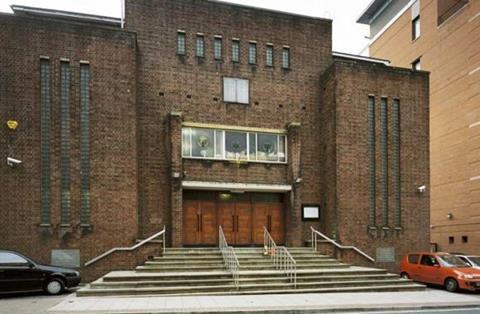
Government heritage adviser Historic England had said it was unable to support the Hodder proposals on heritage grounds because of the “cumulative harm that would be caused to highly graded listed buildings”, but it stopped short of objecting to the plans – a position seen as crucial by the developers.
Manchester planning officers accepted that the scheme would have a negative impact on some heritage assets, but said it represented “an opportunity to address an identified need for a prestigious mixed-use scheme of the highest quality” at a strategic location in the city centre.
“The development would create a new landmark for Manchester, setting new standards in design and quality of accommodation, which will reinforce the city’s position nationally and internationally,” they told councillors.
“It would respond to demands from businesses, residents and visitors, and aid the city’s economic growth and prosperity.”

Downloads
Jackson's Row Historic England advice
PDF, Size 75.16 kb





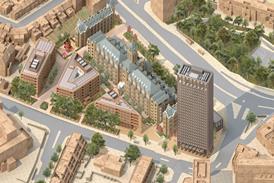




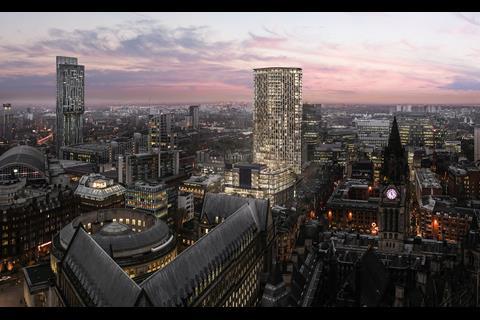

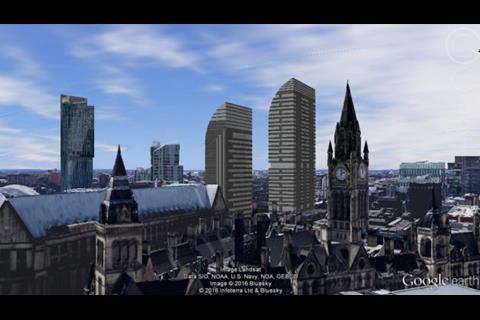



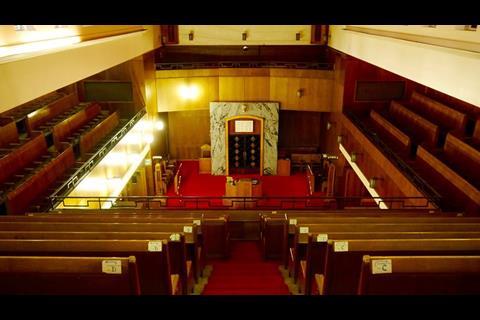




3 Readers' comments